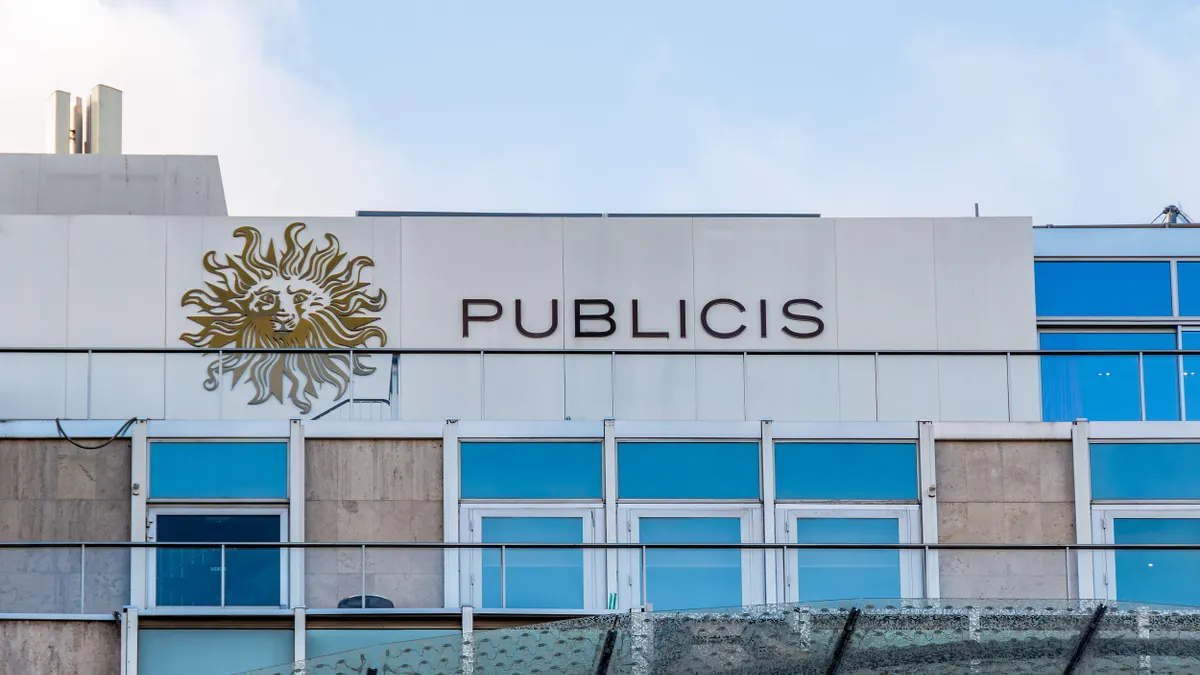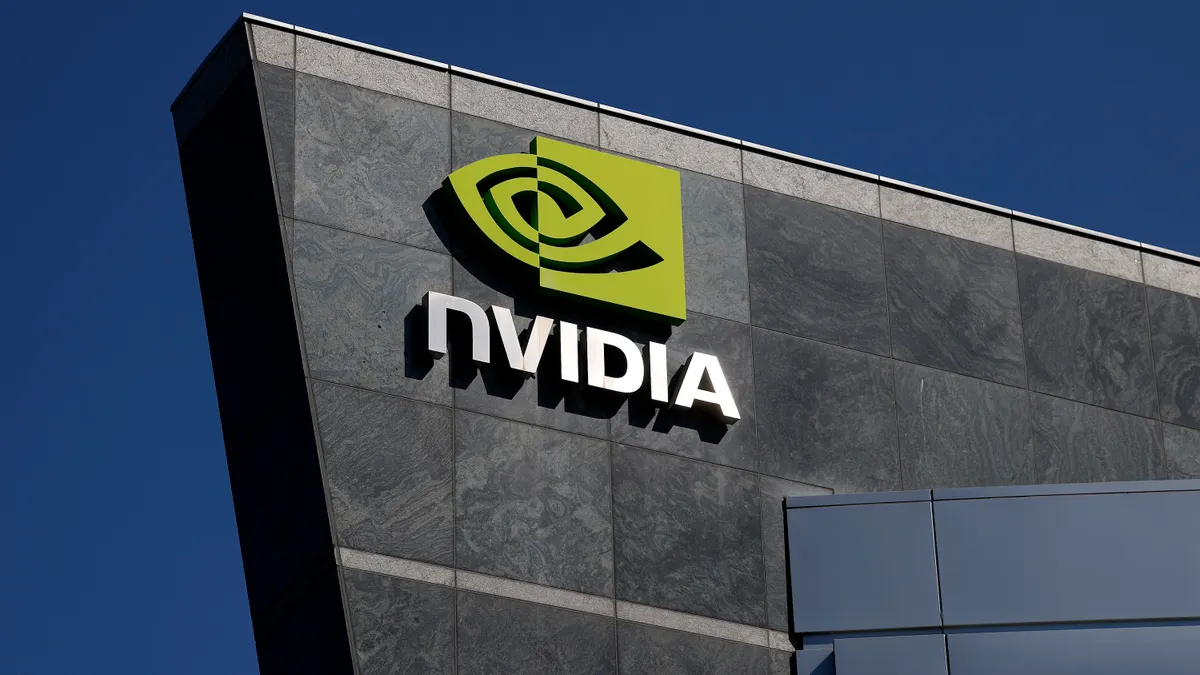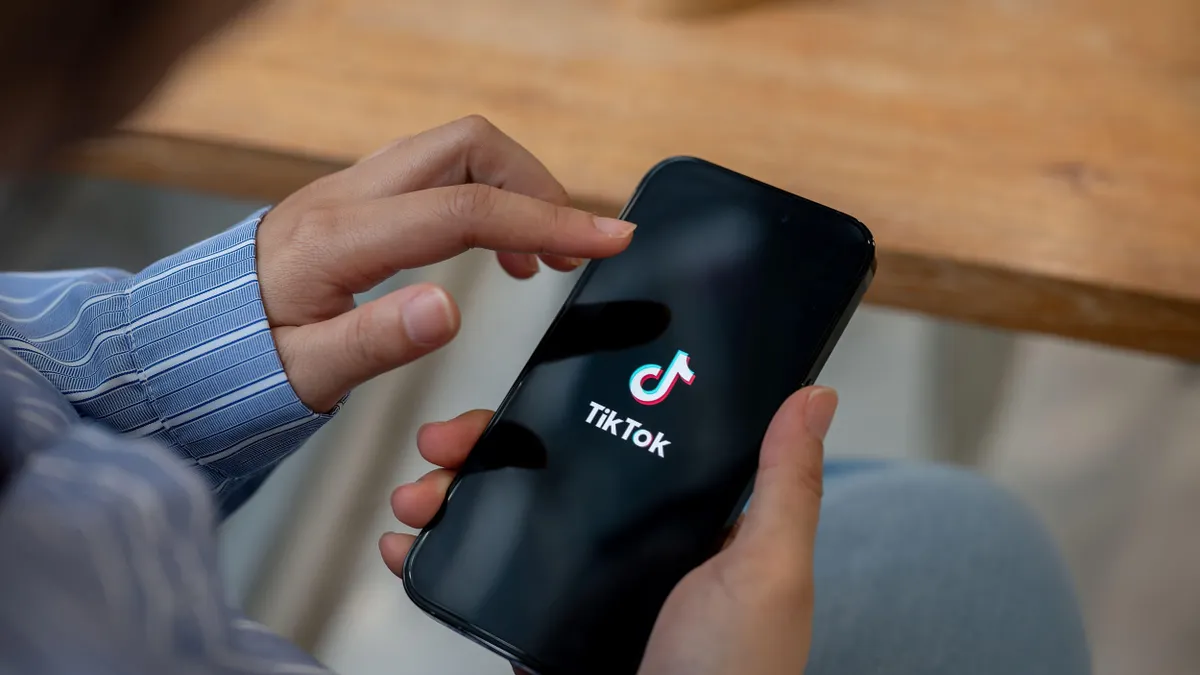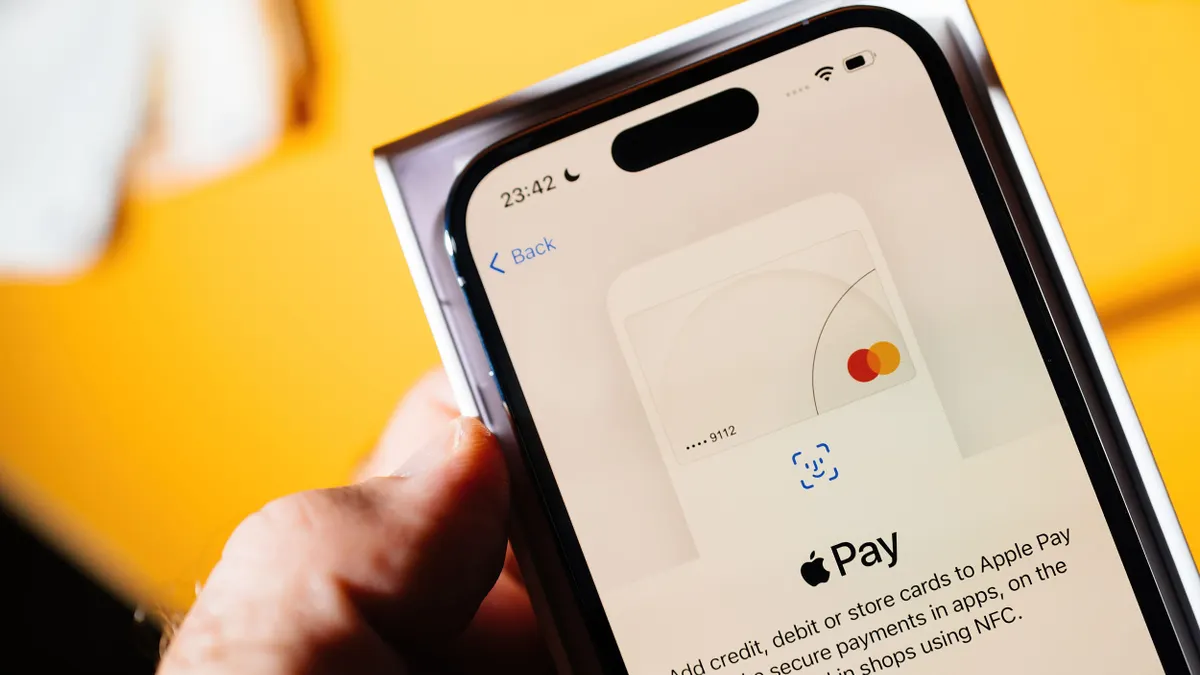According to a study from MdotLabs, fraudulent web traffic is costing advertisers over $180 million annually. A study this week from Solve Media estimates that 51% of all U.S. web traffic is fraudulent, while a March study from Incapsula reported 61.5% of all traffic as non-human bots. While the numbers can vary greatly from study to study, there’s a general consensus from the advertising and publishing industries that fraudulent bot traffic is a serious problem.
In response to the growing problem, a number of companies are working to battle bots, each with a different approach.
1. MDOTLABS
MdotLabs' AdSecure technology digs through traffic and other patterns to try and spot anomalies that could be fraudulent traffic. The more the platform searches, the smarter the technology becomes and the better it detects fraudulent traffic. The act of identifying fraudulent traffic is the main function of MdotLab’s platform, but that, of course, doesn’t prevent the problem. For that, MdotLabs offers advertisers access to over 3,000 publishers who are already using the Adsecure platform and can be trusted to have legitimate traffic.
Just last month, MdotLabs secured $1.25 million in funding to help grow its data and science teams and support marketing to spread the word about fraud.
Integral Ad Science claims its Ad Viewability product can stop fraudulent bot traffic before it even happens. The fraud detection tool uses predictive analysis to spot when a faulty ad is about to be sold and blocks that ad.
In a world where, according to IAB, 85% of enterprise ad buyers have used programmatic and 72% of publishers offer programmatic, so many advertisers have lost touch with where their ads are appearing. Many other tools can spot bot traffic or an invisible ad spot after it has appeared, but that doesn’t necessarily work to solve the problem. With Integral Ad Science’s tool, advertisers can target the most viewable ads pre-bid.
3. WHITE OPS
Web security firm White Ops has made some of the boldest and most extreme claims of the problems surrounding bot traffic. According to their calculations, fraudulent traffic is a $6 billion problem and that the industry operates like a global organized crime ring.
A typical bot detection or prevention tool uses predictive analysis from a wide pool of existing data on bot activity and behavior. White Ops technology uses real-time bot detection that analyzes hundreds of factors during an ad load or page load to determine whether the impressions are human or bot. What really sets White Ops apart is its use of "side channel analysis," a technology often used in advance security and cryptography efforts, to help spot a bot by its behavior — even if it isn't a bot that has been seen before.
4. IMOBITRAX
iMobiTrax is a self-hosted tracking and analytics application that helps marketers reach the best ROI on their advertising investments. The application automatically tracks data across all ad platforms to give advertisers a real picture of where their ads are appearing.
iMobiTrax has a particular focus in mobile — which is important, as click fraud on mobile is running rampant. Because clicks from mobile devices are harder to track, it is easier for mobile companies to offer up fake traffic and clicks that appear to be from real mobile users. With the iMobiTrax applications, users can redirect bots and fraudulent traffic using their analysis. In Novemeber, iMobiTrax posted a blog with colorful language about the problems of mobile click fraud.
5. ADAP.TV
Digital ad technology company Adap.tv is also implementing security measures to help ensure advertisers on its platform are only delivering ads to real people.
Adap.tv has participated heavily in the IAB’s Traffic of Good Intent Task Force, giving the company a detailed perspective of the problem. The company was instrumental in helping to develop a set of best practices that IAB published on combating fraudulent traffic. According to a blog post by Teg Grenager, Adap.tv's Founder & Chief Product Officer, the company's protective measures go “far beyond” the guidelines set out in the IAB documents. The blog claims that fraud has been completely removed from the Adap.tv Marketplace.
6. MICROSOFT
In perhaps the flashiest display in the fight against fraudulent bot traffic, tech giant Microsoft pounced to sever communications from an army of zombie computers called ZeroAccess. To investigate and fight Web-based fraud and protect its entities, Microsoft has actually developed a full force called the Microsoft Digital Crimes Unit.
ZeroAccess, nicknamed after code in the malware, has been scamming online advertisers out of approximately $2.6 million a month in bot traffic. The “botnet” was a collection of 2 million hijacked computers around the world that generated false impressions. For months, Microsoft has been monitoring ZeroAccess until it had enough information to acquire a court order and some law enforcement help to shutdown communications to European servers. The sources behind ZeroAccess are still unknown.
Would you like to see more marketing industry news and information like this in your inbox on a daily basis? Subscribe to our Marketing Dive email newsletter! You may also want to check out Marketing Dive's look at 4 mobile developments that impacted marketers in 2013.



















